Today, the U.S. Supreme Court struck down Chicago’s handgun ban in a manner similar to the Heller decision in 2008, with one major difference: today’s decision incorporates the Second Amendment right to keep and bear arms for everybody, not just D.C. residents.
History is on the side of this decision; you need look no further than the 14th Amendment. When equal rights were granted to newly-freed African Americans, that was also a situation where gun control conflicted with the civil right of self-defense.
African American disarmament dates back to America’s colonial period. For example, 1640 Virginia militia law stated: “All persons except negroes to be provided with arms and ammunition or be fined at pleasure of the Governor and Council.” This law was expanded in 1723 to include all non-whites: “[N]o negro, mulatto, or Indian whatsoever; (except as hereafter excepted) shall hereafter presume to keep, or carry any gun.” There was one interesting exception in this law: “That every free negro, mulatto, or Indian, being a housekeeper, or listed in the militia, may be permitted to keep one gun.” Free persons of color were given limited privileges only if they were willing to defend white-owned settlements and property.
African American disarmament did not end after the Civil War. As historian Clayton Cramer notes in his monograph The Racist Roots of Gun Control: “[T]he various Black Codes adopted after the Civil War required blacks to obtain a license before carrying or possessing firearms.”
For example, the 1865 Mississippi Black Code declared: “[N]o freedman, free Negro, or mulatto not in the military service of the United States government, and not licensed so to do by the board of police of his or her county, shall keep or carry firearms of any kind.”
Gun control has always been a tool of bigotry and oppression; current data shows this is still the case.
Mayor Daley, member of gun-ban organization Mayors Against Illegal Guns, resides in one of the two remaining states which ban citizens from carrying a concealed handgun for protection. The Illinois Firearms Owner Identification card mandates owner licensing and firearms registration for all residents.
Examination of FBI Supplemental Homicide data indicates that between 2000 and 2007, African Americans comprised about 73% of all homicides in “handgun-free” Chicago (see chart below), and that portion is increasing over time.
According to the Census Bureau, African Americans comprised 36.8% of Chicago’s population in 2000.
Between 2000 and 2007, Chicago saw handguns comprise a bigger portion of all homicides, increasing from 55.5% to 70.8% of all homicide methods. Firearm usage increased from 65.6% to 73.0% of all homicide methods.
[Note: Illinois doesn’t report all crime data to the FBI, so the Supplemental Homicide reports only include Chicago data. As a result, this section also relies on Centers for Disease Control (CDC) data for the years 2000-2007, the latest data available.]
Meanwhile, CDC data show that for the rest of Illinois, firearm usage decreased from 72.3% to 59.8% of all murders. Unfortunately, the FBI’s Chicago data doesn’t include Hispanic origin like the CDC does. Statewide, white non-Hispanic victims dropped from 9.0% to 6.6% of all murder victims between 2000 and 2007. If Chicago mirrors this trend, the difference between whites and blacks becomes even more drastic, underscoring how the traditional “ex-master” racial group is far safer than “ex-slaves.”
In 2007, Chicago had an overall murder rate of 15.76 (per 100,000 population). The rest of the state’s rate was 4.17. Chicago’s firearms homicide rate was 11.51 and the non-firearms homicide rate was 4.25. The rest of Illinois’s rates were 2.49 and 1.68, respectively. While some of this variance is due to the fact that urban areas generally have higher violent crime rates, Chicago’s gun control laws failed, with the consequences falling heavily upon African Americans.
The rhetoric promoted by gun control proponents is: We don’t need guns because the police protect us.
This is a fiction.
The Supreme Court, in the case of Castle Rock v. Gonzales, found that even when the victim has a restraining order, it:
- “imposed no duty on police” and
- “It does not follow that respondent had ‘a legitimate claim of [police] entitlement.’”
The highest court in the land declared that police have no obligation to protect you.
Recently, the Chicago Sun Times reported that the “Chicago Police Department is seriously considering scrapping the police entrance exam.”
The Times also found: “The Police Department is currently operating at least 2,000 officers-a-day short of authorized strength, counting vacancies, medical leave and limited duty.”
Purportedly, there’s no money in Chicago’s budget for more officers. Only 56 new officers will be hired in 2010 using federal stimulus money.
Worse, another 1,000 officers may retire by the end of 2010, leaving the department about 3,000 officers below staffing goals.
The Chicago Police Department appears to have the intention of only serving selected Chicago residents. FBI data show that between 2000 and 2008, Chicago’s violent crime trends compared poorly to New York and Los Angeles, the only two cities with greater populations. (All three have more gun control compared to the rest of the country.) The table below shows that Chicago maintained higher rates of murder, robbery, and aggravated assault, and had the smallest rate decreases, too. (Chicago doesn’t record rape according to FBI guidelines.)
| Three biggest cities, violent crime comparison | |||||||||
| City | Murder Rate | Robbery Rate | Aggravated Assault Rate | ||||||
| 2000 | 2008 | %Chg | 2000 | 2008 | %Chg | 2000 | 2008 | %Chg | |
| New York | 8.7 | 6.0 | -30.5 | 420.3 | 265.0 | -36.9 | 527.7 | 332.0 | -37.1 |
| Los Angeles | 14.8 | 10.2 | -31.1 | 418.2 | 348.3 | -16.7 | 880.8 | 334.0 | -62.1 |
| Chicago | 21.9 | 18.0 | -17.7 | 678.6 | 588.6 | -13.3 | 930.2 | 602.0 | -35.3 |
Would more police make a difference?
According to FBI’s 2008 staffing reports, the answer is “no.” The table below shows that both New York and Los Angeles realized larger crime reductions despite having lower police staffing levels than Chicago (rates in officers per 100,000 population).
| 2008 Police Presence (per 100k pop.) | |||
| City | Population | Cops | LEO Rate |
| New York | 8,345,075 | 35,761 | 429 |
| Los Angeles | 3,850,920 | 9,743 | 253 |
| Chicago | 2,829,304 | 13,359 | 472 |
Chicago PD wants to lower entrance requirements is so they can “bolster minority hiring.”
Does this mean Chicago deems African Americans too slow or under motivated to exert themselves to qualify under the current rules for candidates?
Here’s what the professionals said concerning the lowering of admission standards:
Fraternal Order of Police President Mark Donahue:
You need a testing process. … You need to be very concerned about the very limited information you would get from just a screening and application process.
Charlie Roberts ran the Chicago PD training division from 1995 to 1999:
If you don’t give someone at least a reading comprehension test, can you just put them in and risk the possibility of having so many of them fail? That could get quite expensive.
Brad Woods ran the Personnel Division under two previous Chicago Police superintendents:
A background check and a psych [exam] alone will not eliminate some people who should not be there.
Bottom line:
- Chicago promotes gun control laws shown to be harmful to African Americans.
- Chicago PD claims it needs to spend more non-existent tax dollars to correct a perceived lack of racial equality within the Department.
- Even with one of the highest police staffing rates in the country, Chicago isn’t addressing violent crime as effectively as other large cities with lower staffing rates.
The Supreme Court has decided it’s time for the people of Chicago to protect themselves.




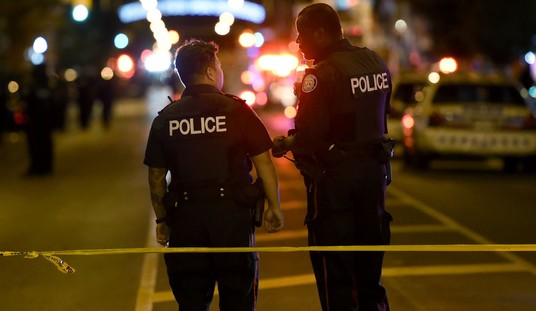
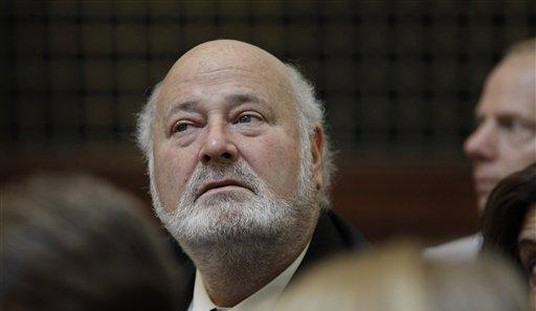

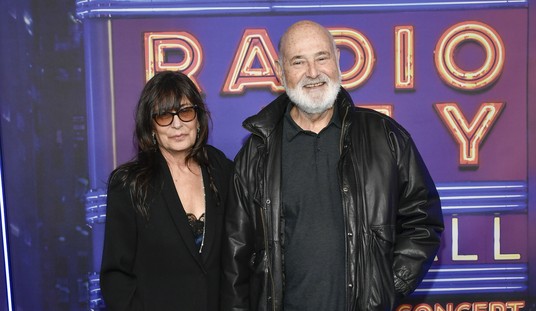
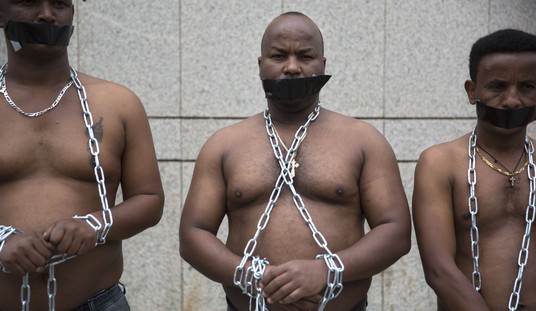
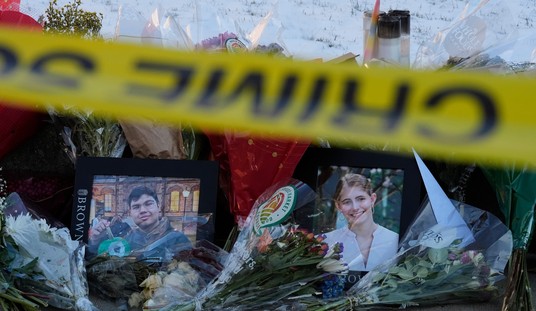
Join the conversation as a VIP Member